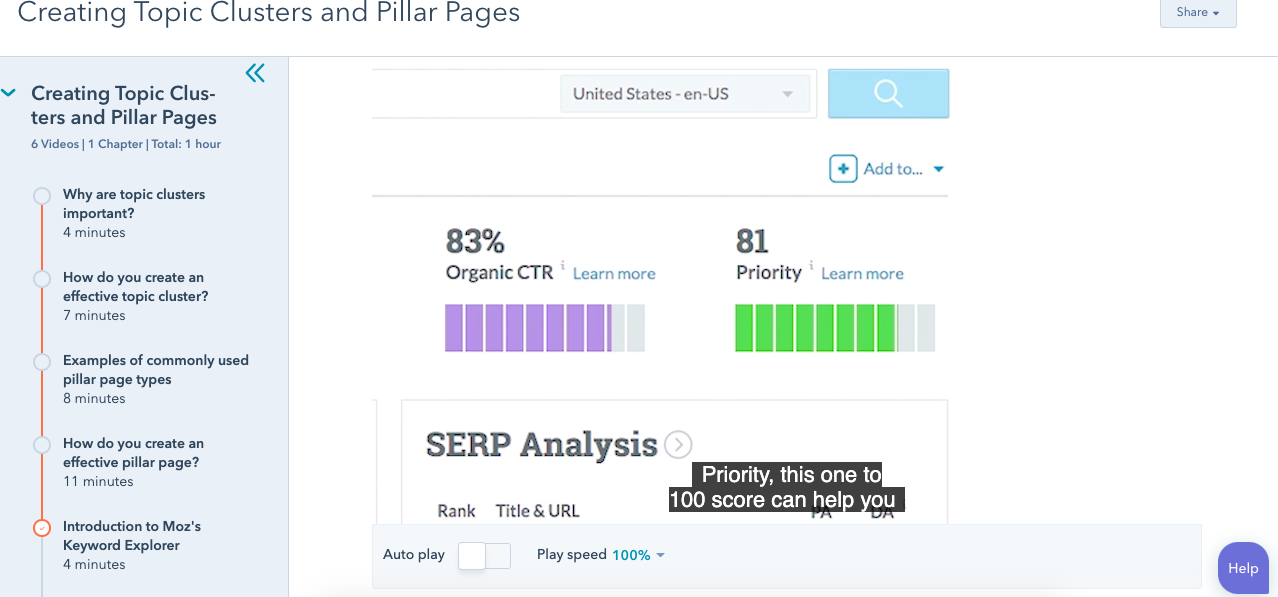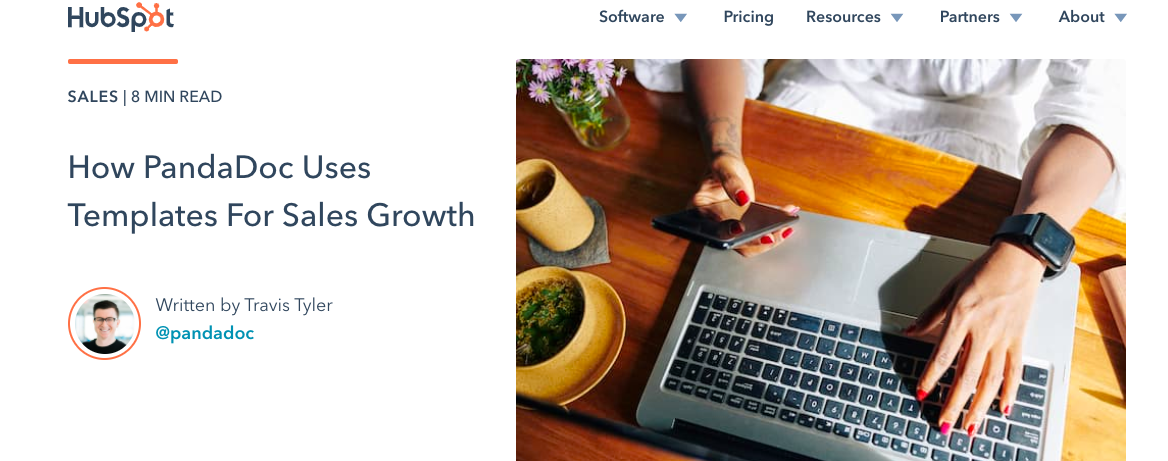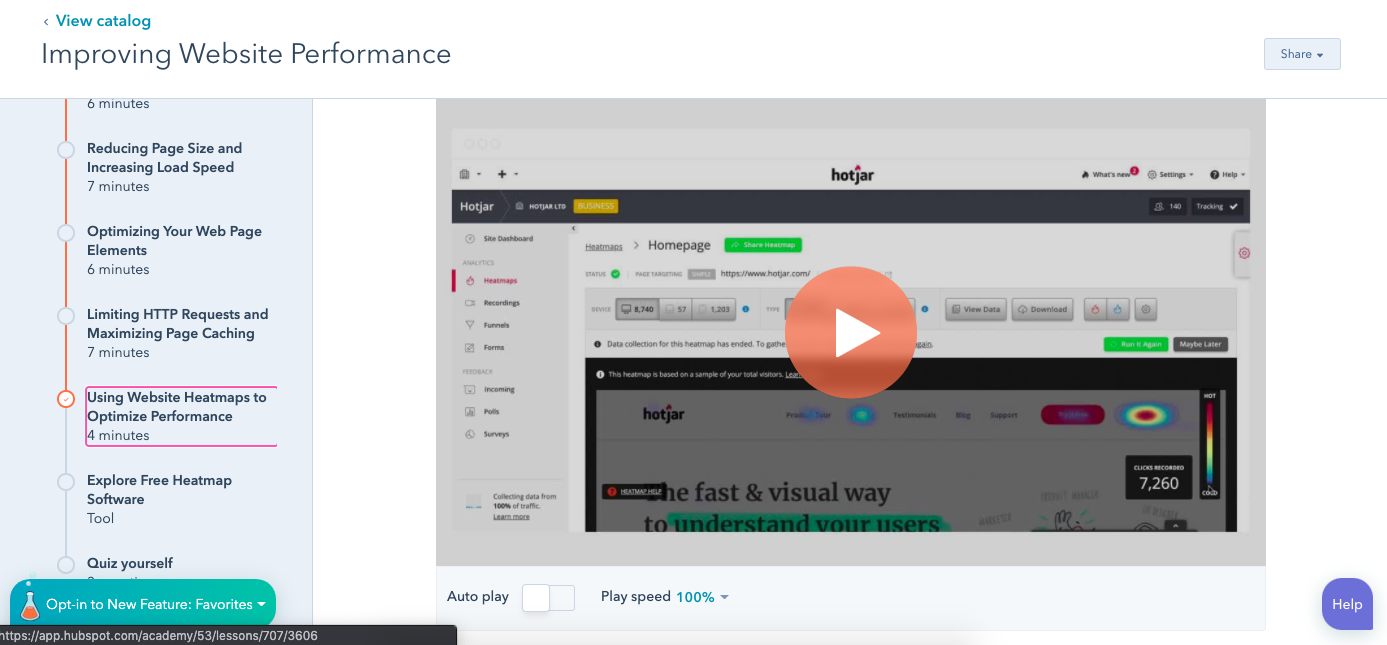Co-marketing campaigns can be undeniably effective for increasing brand awareness, reaching new audiences, or creating amazing — and potentially delicious — new products.
For instance, consider the partnership between Doritos and Taco Bell, which resulted in Doritos Locos Tacos, a delicious product promoted in a brilliant co-marketing campaign. If you haven’t heard of the partnership, watch the story unfold in this promotional video:
In this case, the two B2C companies saw success in their venture — and now, the popular item is a mainstay on the Taco Bell menu. Marketers at the two companies can attribute the home-run to a certain tactic: co-marketing.
A wonderful way for two companies to partner together, co-marketing can create opportunities for businesses to reach new audiences and delight existing audiences at the same time.
For instance, HubSpot has the Partner program, which offers unique benefits, including co-marketing opportunities. Recently, the team decided to run a few tests to see if co-marketing could expand past content offers — and what that would look like.
Essentially, the team aimed to answer three questions:
- How do we move co-marketing programming forward?
- How do we keep providing top-notch education?
- How do we keep our lead number high while creating value for our audience?
HubSpot Academy gives educational value to its audiences, so it was a great channel for partners to get involved. It’s the home of hundreds of world-leading courses about marketing and sales. Lessons even include tools to help viewers take actionable steps as they learn.
“Maybe, to expand co-marketing opportunities,” the team hypothesized, “We could have partners upload their own lessons within courses and certification tracks. They can demo how their tools work with the current lesson in practice.”
This could mean more traffic from audiences with interests that align closely with partners’ target audiences.
Having settled on the experiment, HubSpot’s team then needed to stop and think through possible speed bumps. For starters, will partners be able to drive leads with Academy? Will HubSpot audiences even be interested in offers?
Here, let’s explore how HubSpot’s Academy team created and ran a co-marketing campaign, and lessons they learned that you can apply to your own co-marketing efforts.
HubSpot’s Co-marketing Campaign
To start, Moz hosted a video lesson for HubSpot Academy’s Content Marketing Course.
“Creating Topic Clusters and Pillar Pages” was a demo for Moz’s free Keyword Explorer tool.
Users can leverage the lesson’s content for keyword research, making finding value blog topics easy and organized.

“Folks go through this course and see a video saying, ‘Hey, you can use this tool for free to do exactly what this course is teaching you,’” Margot Mazur, Senior Co-marketing Manager, told me.
It worked.
Results positively supported the questions HubSpot’s team asked. In four months, the video earned 8,000 lesson views, and 6,000 clicks to Moz. In total, Moz earned 1,460 new contacts.
Similar experiments also brought favorable results. After reaching out, partners could host a lesson, demo a relevant resource, and share a CTA with a direct link.
From this successful campaign, the co-marketing team guessed that the tactic could be beneficial in other areas of HubSpot.
For instance, the team considered trying the same experiment during Adapt 2020, a series of webinars that help audiences adapt to different business challenges.
“I reached out to partners to see if they wanted to lead weekly webinars,” recalls Mazur. “The experience for that has been really good — it’s positive for both parties.”
Webinars, similar to the lessons on Academy, were released for Adapt. This one featured Sally Woellner, Template Design Lead, talking about creating brand kits using Canva:

The webinar also explained how to use themes in HubSpot, the importance of website design and helpful design tools including Canva.
Another expansion of co-marketing opportunities comes from the HubSpot Blogs. Mazur thought blog posts could be an excellent way to add more value to partners and readers.

Posts like the one above display how partners can leverage HubSpot’s Blogs for guest posts. These posts tackled topics that interest audiences of both parties, and ultimately result in driving leads for partners and providing value for HubSpot readers.
At this point, the co-marketing team identified four tactics for improving partner involvement: Academy education courses, blogs, quarterly campaigns (Such as Adapt), and content offers.
So, what did the co-marketing team take away from this experiment? Let’s dive into four lessons they learned, next.
1. Co-marketing can expand — and should.
The purpose of HubSpot’s experiment was to find effective co-marketing opportunities across a range of teams and on various company platforms. The results demonstrate how co-marketing can be a strategy used company-wide to reach business goals.
With the inclusion of blogs, video, and content offers, partnerships can be leveraged to provide value for both parties. To try a similar tactic, you might consider running a co-marketing campaign for a team you normally wouldn’t.
For instance, maybe your company produces webinars and blog content. Those are channels that can benefit from a guest lesson or post about something that’s relevant to the industry.
2. Videos perform better than ebooks for partner content.
About two years ago, one of the highest-performing co-marketing avenues was an ebook offer.
Now, however, Mazur and her team have found that videos perform better than ebooks when it comes to partner content.
Take the Academy lessons and webinars, for instance. Results from those two tactics have proven more successful, averaging a thousand more submissions than ebooks. In a world where social audiences often prefer video to text, adapting to this shift has served the team well.
3. Driving partner leads through new channels is difficult.
Even though the experiment saw success, it wasn’t without some low moments. “Driving leads for partners is difficult, and we have to continue to work to make that easier for partners,” notes Mazur.
She says low performance could be a result of account sign-ups being confused with partner sign-ups. Now that there’s proof it’s possible, one of the next steps in this process is to make sure partners have a way to earn more leads.
4. Partners find value in product sign-ups from other channels.
Even though leads weren’t record-breaking from the first experiment, partners found value in those Academy signups. The excellent performance is because of the types of partners and content chosen.
Mazur’s team was tasked with finding the right partners to host lessons for Academy. The lessons had to make sense, be actionable, reputable, and a natural fit into the larger, existing course.
To illustrate, one of the courses on Academy is “The Importance of Website Performance.” One of the lessons, “Using Heatmaps to Optimize Performance,” is led by a Customer Experience professional at Hotjar. In the lesson, we see a tutorial about how to use Hotjar’s heatmaps to analyze web page engagement.

A lesson about using a helpful tool to analyze website performance in this course — great fit, right? Now, imagine if the Hotjar lesson was inserted into a Social Media Certification course — not as helpful.
Because the subjects fit, the audiences watching the course will most likely find content from both partners equally useful — which, ultimately, results in higher-quality leads.
Now that the Academy strategy has proven successful, Mazur’s team wants to keep it going. They’re going to continue identifying partners for more Academy lessons, and, in addition to Academy lessons, they will keep supporting Adapt with more partnership opportunities.
Ultimately, Mazur’s team will continue to offer creative partner driven solutions across HubSpot to reach business goals.
What are some co-marketing campaigns that you love? Personally, the Doritos Locos Taco is pretty up there (As is the Mountain Dew Baja Blast drink — also a permanent addition to the menu). How can you include some winning tactics into your next campaign?
![]()
Original Entry: HubSpot Ran A Co-marketing Campaign: Here’s What We Learned is shared from https://blog.hubspot.com/marketing/co-marketing-campaign via https://blog.hubspot.com/marketing
Check out the original post, HubSpot Ran A Co-marketing Campaign: Here’s What We Learned that is shared from https://putyourfamilyfirst.wordpress.com/2020/07/23/hubspot-ran-a-co-marketing-campaign-heres-what-we-learned/ via https://putyourfamilyfirst.wordpress.com
No comments:
Post a Comment